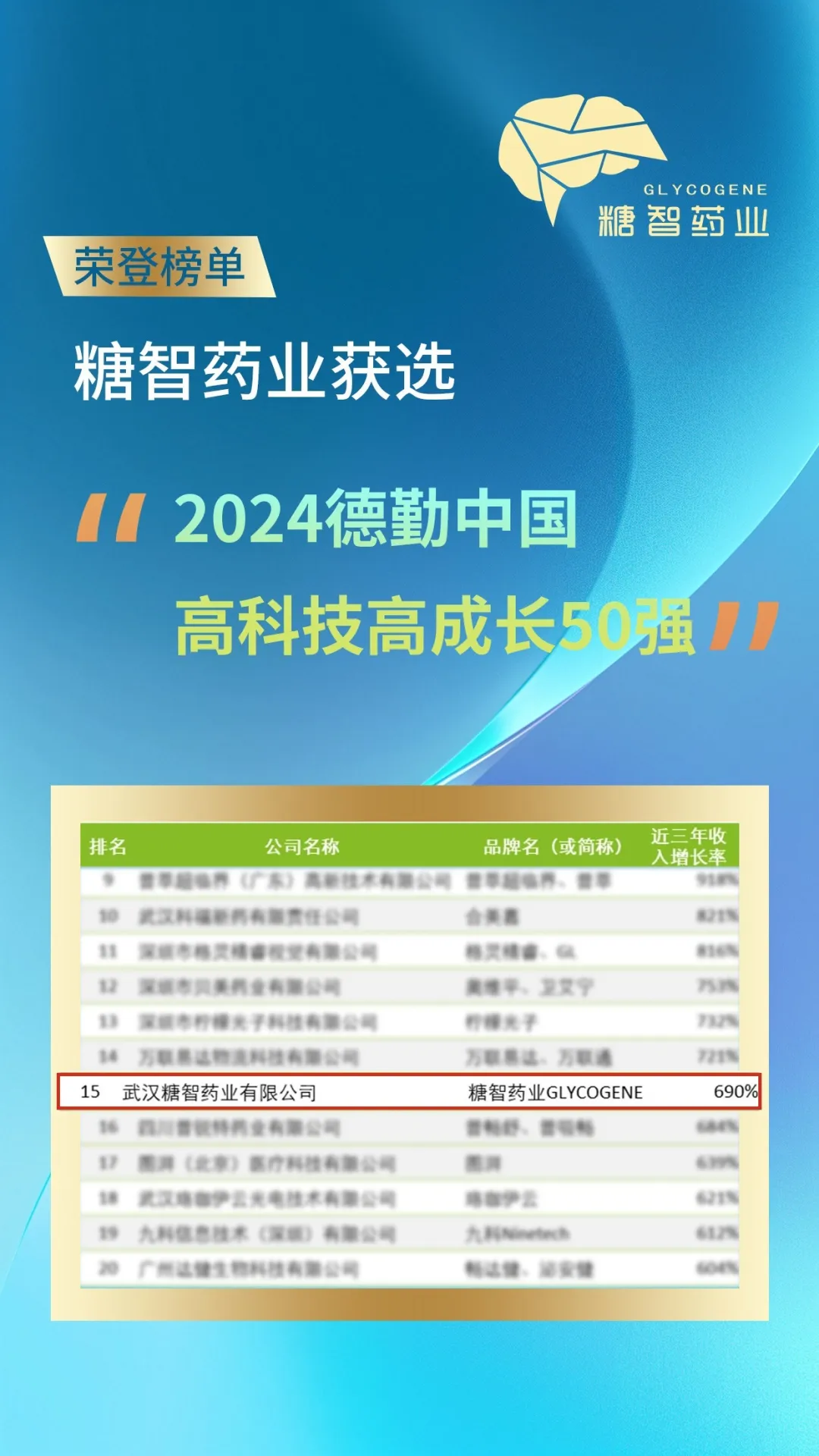Colorful Nucleotide Derivatives in Cells
Release time:
2024-09-25
Summary:ATP (adenosine triphosphate) is one of the products of biological oxidation and is central to the release, storage and utilization of energy in living organisms.ATP contains two high-energy phosphoric acid bonds and emits at least 30kJ/mol of free energy on hydrolysis.

ATP and Energy Metabolism
ATP (adenosine triphosphate) is one of the products of biological oxidation and is central to the release, storage and utilization of energy in living organisms.ATP contains two high-energy phosphoric acid bonds and releases at least 30kJ/mol of free energy upon hydrolysis.
ATP provides energy in the most common ways: by breaking the high-energy bond between β and γ into ADP at the same time, the release of phosphate group or the transfer of the phosphate group to other substances, to complete the phosphorylation of substances, such as the reaction acted on by kinases; ATP through the breakage of the high-energy bond between α and β to release energy, the transfer of pyrophosphate group or the release of pyrophosphate; ATP transfer of adenosine to other substances, the release of pyrophosphate and phosphoric acid.
ATP on the one hand absorbs the energy released by the decomposition of substances; on the other hand, it provides energy for the synthesis of substances. the energy released by hydrolysis of ATP drives a variety of energy-demanding life processes, and transforms chemical energy into light energy, electrical energy, mechanical energy, etc. Therefore, ATP is the center of energy. Therefore, ATP is a transit station for energy, coupling catabolism and anabolism together.
cAMP, cGMP and signal transduction
cAMP cAMP (3', 5' cyclic adenosine monophosphate) is the second messenger in the signal transduction pathway and is formed intracellularly by the ATP shift catalyzed by adenylate cyclase. As an allosteric activator of protein kinase A (PKA), it can bind to the regulatory subunit of PKA, activate the catalytic subunit of PKA and generate kinase activity.PKA phosphorylates proteins downstream of it, which can regulate metabolic processes by modulating enzyme activity if the target of its action is the corresponding enzyme, e.g., activation of glycogen phosphorylase; or regulate metabolic processes by regulating gene expression if the activated protein is a transcription factor. If the activated protein is a transcription factor, the metabolic process can be regulated by regulating gene expression. In addition, in bacteria cAMP is involved in regulatory processes, where it binds to a protein called cAMP receptor protein (CRP) to regulate the expression of specific genes and thus metabolic processes. For example, a more typical example is the effect of preferential utilization of glucose by bacteria.
cGMP cGMP (3', 5' cyclic guanosine monophosphate) also belongs to the group of second messengers and is produced by the enzyme guanylate cyclase that catalyzes the production of GTP. cGMP activates protein kinase G (PKG), which phosphorylates serine or threonine on the proteins on which it acts, which in turn produces the corresponding physiological effect. The cGMP as a second messenger pathway in animals includes the process of cardiac natriuretic peptide hormones; the process of the gas signaling molecule NO; and the retinal rod cells in which cGMP acts as a second messenger to assist in the transduction of visual images. Guanylate cyclase may be more important than adenylate cyclase in plant cells because of its possible involvement in transduction of fungal invasion signals; also involved in transduction of red light signals mediated by photoreceptor pigments and gibberellin signals that regulate dextran amylase synthesis.
NAD, NADP, FAD, and CoASH act as cofactors for the enzyme
NAD and NADP NAD (nicotinamide adenine dinucleotide) serves as a cofactor for dehydrogenases, and the vast majority of dehydrogenases in the cell are dehydrogenases with NAD as a cofactor called nicotinamide dehydrogenases NAD usually passes hydrogen into the respiratory chain after receiving it.
NADP (nicotinamide adenine dinucleotide phosphate) is also a coenzyme of dehydrogenase. There are fewer intracellular dehydrogenase species that use NADP as a coenzyme, and unlike NAD:the resulting NADPH does not usually enter the respiratory chain, but rather acts as a hydrogen donor during anabolism, and is more commonly involved in fatty acid synthesis, both de novo and elongated fatty acid synthesis. During photosynthesis, one of the chemical energies that is converted from light energy to electrical energy and electrical energy to active chemical energy is NADPH, which is further stored in the form of stabilized chemical energy through the synthesis of sugars.
FAD FAD (Flavin Adenine Dinucleotide) consists of AMP and Flavin Nucleotide and is also a derivative of vitamin due to the presence of Vitamin B2.FAD is available in both oxidized and reduced forms and is a coenzyme of dehydrogenase. There are fewer types of intracellular enzymes that use FAD as a coenzyme, more typically succinate dehydrogenase, which is the only enzyme in the tricarboxylic acid cycle that binds to the inner mitochondrial membrane.
CoASH CoASH (coenzyme A) consists of pantothenic acid, mercaptoethylamine, and ADP, with the mercapto group being an active functional group that carries the acyl group.CoASH has important roles in sugar, lipid, and protein metabolism. Acetyl Coenzyme A contains high-energy thiolipid bonds in which the acetyl group is a lively functional group.
SAM and methylation reactions
SAM (S-adenosylmethionine) is formed by the transfer of its adenosine to methionine by ATP, and the structure contains a high-energy thiolipid bond, which is a provider of reactive methyl groups and is involved in many methylation reactions in the body. For example, the anabolism of amino acids; the methylation reactions of guanine and starting nucleotides in the mRNA cap structure; and the provision of methyl for phosphatidylethanolamine in the synthesis of phospholipids, which is converted to phosphatidylcholine.
Nucleotide derivatives in anabolism
1 UDP-G, ADP-G and Sugar Synthesis UDP-G (urinary diphosphoglucose) and ADP-G (adenodiphosphoglucose) are known as reactive glucose and provide sugar groups for the elongation of the sugar chain in the synthesis of sugars such as starch, glycogen and sucrose. For example, by labeling glycosylation of proteins in the endoplasmic reticulum and glycosylation of lysosomal proteases in lysosomes, it has been demonstrated that it is nucleoside sugars, such as CMP-sialic acid, GDP-mannose, or UDP-N-acetylglucosamine, that provide the sugar groups for these processes.
2 CDP and Phospholipid Synthesis Phospholipids are important components of biological membranes, and in addition to being the basic structural material of membranes, some phospholipids in membranes are signaling molecules. For example, phosphatidylinositol in the two-messenger pathway can form two signaling molecules, phosphatidylinositol and diacylglycerol, by the action of phospholipase C. CDP (cytidine diphosphate) plays an important role in both basic pathways of phospholipid synthesis, similar to UDP-G in sugar synthesis, and phospholipids are synthesized in phospholipid synthesis through the reaction of CDP-azide bases (e.g., CDP-ethanolamine, CDP-choline) or CDP-diacylglycerol with the corresponding substituents.
3 GTP and Protein Synthesis During protein biosynthesis, GTP (guanosine diphosphate) serves as an energy donor on the one hand; on the other hand, it participates in metabolism in the form of G proteins, i.e., proteins that bind to either GTP or GDP, which are present in many life processes, and are usually active when binding to GTP but inactive when binding to GDP, and are therefore known as molecular switches. As research progresses, the functions of nucleotide derivatives may be revealed more, and their multiple functions show the importance of such substances in life processes.
Working Together, Chasing the Light | Tangzhi Pharmaceutical 2025 New Year Gala
Summary: As the year turns and a new chapter unfolds, we look back on 2024, a year of progress and achievement for Tangzhi. This year, we held grand annual meetings in Wuhan, Qingdao, and Panjin, celebrating our successes together. Wuhan, as the headquarters of Tangzhi Pharmaceutical, holds our initial aspirations and dreams. In 2024, we achieved remarkable results. The company was successfully selected for Wuhan's "Backbone High-tech Enterprise Gazelle Plan" and recognized as a "Potential Unicorn" enterprise in the East Lake High-tech Development Zone, a "2024 Deloitte China High-Tech High-Growth 50 Strong" company, and a "2024 Deloitte Guanggu High-Tech High-Growth Top 20" company. Over the past year, Tangzhi Pharmaceutical has continued to focus on technological innovation and product development, resulting in steady revenue growth. At the Wuhan annual meeting, in his opening address, Chairman Wang Peng reviewed the outstanding achievements we made in technological innovation and market expansion, thanked every employee for their hard work, and looked forward to the new year, where we will continue to cultivate the fields of sugar and nucleic acids, providing even better products and services to global customers.
2025-01-27
Summary: Recently, the "2024 Deloitte China Technology Fast 50" (hereinafter referred to as "China 50") was announced. Tangzhi Pharmaceutical, with its outstanding performance and rapid growth in the fields of sugar and nucleic acids, was honored to be on the list, ranking 15th with a revenue growth rate exceeding 690%! This honor is not only an affirmation of Tangzhi Pharmaceutical's innovative strength in the fields of sugar and nucleic acids, but also a commendation for its high-speed growth in a difficult environment. The Deloitte China Technology Fast 50 program has always been regarded as a "benchmark for high-growth companies globally." The selection of Tangzhi Pharmaceutical marks its leading position and strong competitiveness in the industry.
2025-01-21
New DNA-encoded chemical library technology to aid drug discovery and development
Summary: (Science and Technology Daily) Although researchers have made significant progress in the development of molecular therapies in recent years, the number of newly discovered active substances remains insufficient. Now, the DNA-encoded chemical library (DEL) technology, jointly developed by Harvard University in the US and ETH Zurich in Switzerland, offers a new solution. The technology can automate the synthesis and testing of billions of compounds in a matter of weeks, and can also be used to produce larger drug molecules that will act on targets that are difficult to reach with traditional small molecules.
2024-09-25




